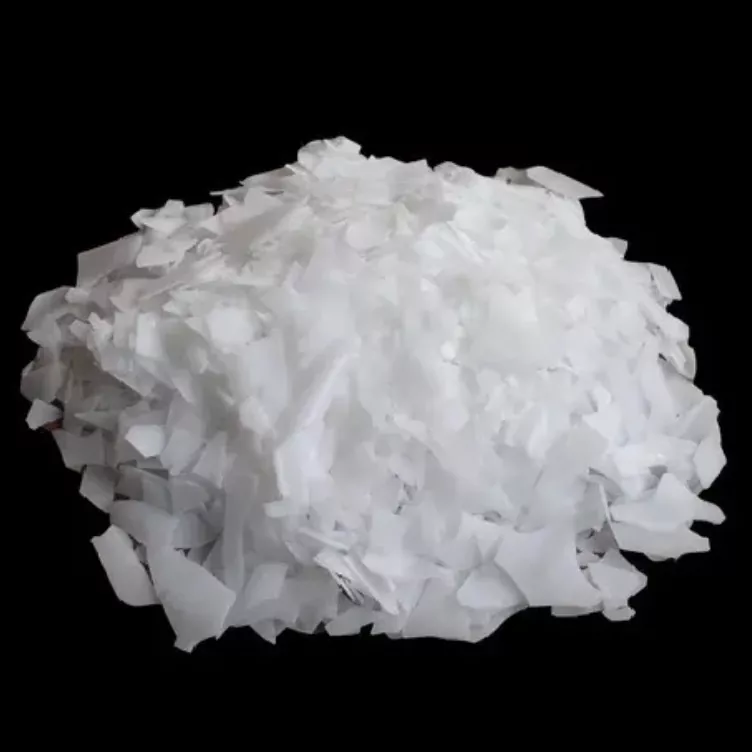How to Choose the Right PE Wax for Your Needs
2024-12-13
Polyethylene wax (PE wax) has become a critical component in various industrial and commercial formulations. However, selecting the right type of PE wax for your specific application can be challenging, given the diverse options available. In this blog, we provide a guide to help you make an informed choice.
Key Factors to Consider When Choosing PE Wax
1. Molecular Weight
The molecular weight of PE wax significantly impacts its performance. Lower molecular weight waxes are softer and better suited for applications like cosmetics, while higher molecular weight waxes offer greater thermal stability and are ideal for industrial uses.
2. Form of the Wax
PE wax is available in various forms, including flakes, powders, beads, and pastilles. The form you choose should align with your manufacturing process and application requirements.
3. Modification Type
Modified PE waxes, such as oxidized or chlorinated variants, provide enhanced compatibility with other materials and specific properties like better adhesion or water repellency.
4. Application-Specific Requirements
Identify the primary purpose of the PE wax in your formulation. For instance:
- In plastics, focus on lubricating and processing properties.
- In coatings, prioritize gloss control and scratch resistance.
- In hot melt adhesives, consider viscosity regulation and thermal stability.
5. Environmental Impact
With growing emphasis on sustainability, opting for PE wax derived from recycled or bio-based sources can be a significant consideration.
Common Grades of PE Wax
1. High-Density PE Wax: Offers excellent hardness and is used in coatings and adhesives.
2. Low-Density PE Wax: Provides greater flexibility and is ideal for applications requiring a softer texture.
3. Oxidized PE Wax: Enhanced adhesion and compatibility make it suitable for printing inks and polishes.
4. Emulsifiable PE Wax: Used in water-based formulations for easier dispersion.
Tips for Optimal Use
- Consult with Suppliers: Work closely with PE wax suppliers to understand the specific properties of their products.
- Test Formulations: Experiment with small batches to determine compatibility and performance in your application.
- Stay Updated: Keep track of new developments in PE wax technologies, as innovations often lead to improved efficiency and environmental compliance.
Selecting the right PE wax can significantly enhance the performance and cost-effectiveness of your products. By understanding the properties and options available, you can ensure optimal results for your industrial or commercial needs.



